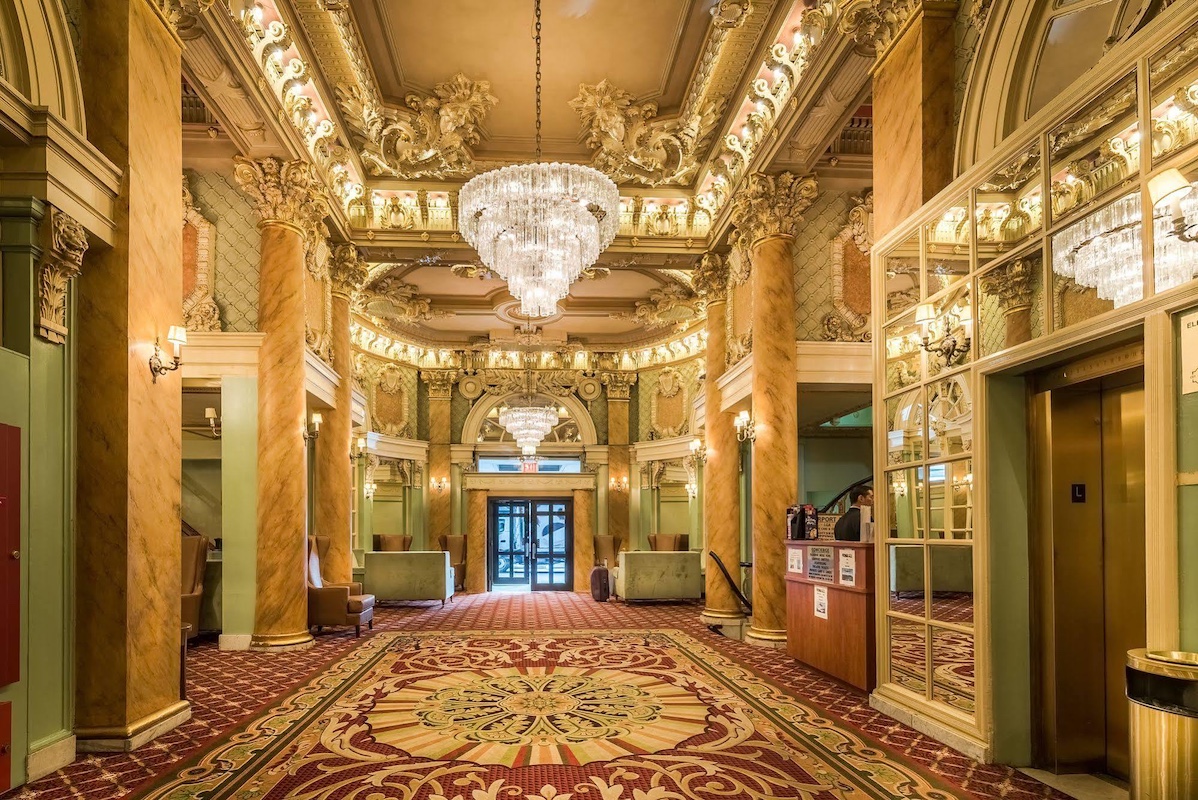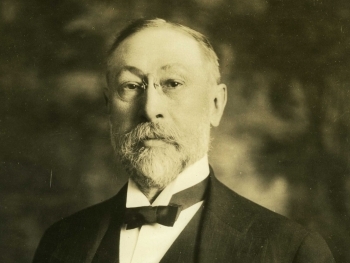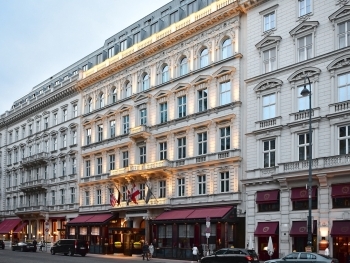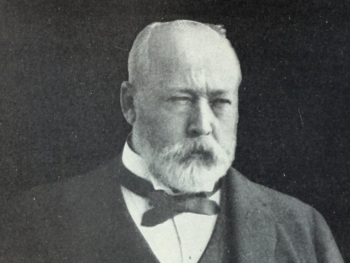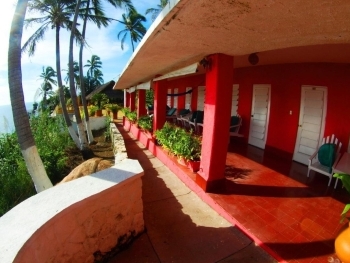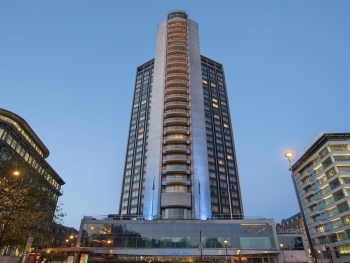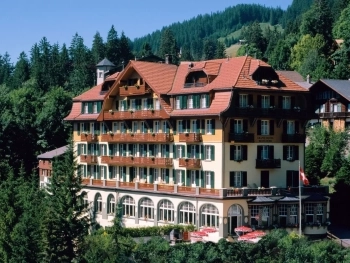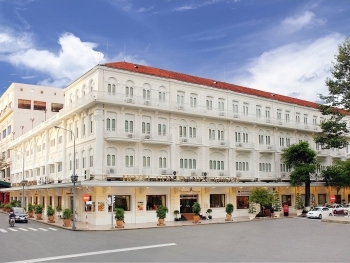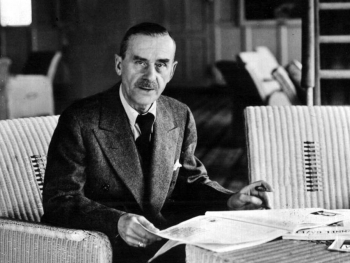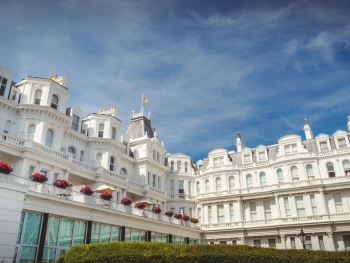The Washington Square Hotel
The Washington Square Hotel, a historic fixture of Greenwich Village, has been a sanctuary for writers and artists for over a century. Located at Waverly Place and MacDougal Street, just off the northwest corner of Washington Square, the hotel boasts 150 guest rooms, a renovated lobby, 24-hour front desk service, a fitness room, a lobby bar, and the renowned North Square Restaurant & Lounge. Guests can enjoy complimentary wireless internet in the lobby and lobby bar areas.
Constructed in 1902, the hotel was initially named the Hotel Earle, after its first owner, Earle S. L’Amoureux. The original eight-story red brick building quickly became a prominent landmark in the heart of Greenwich Village. In 1908, an identical building was added, enhancing the hotel's grandeur with reading rooms, a restaurant, and banquet facilities. By 1912, a ninth floor was added, and in 1917, the hotel expanded to MacDougal Street.
In the 1930s, under the management of Knott Hotels, one of the first hotel chains in the U.S., the Hotel Earle offered rooms under both American and European plans at modest rates. This period marked a significant transformation for Greenwich Village, shifting from a wealthy enclave to a hub of bohemian counterculture. The hotel became a haven for struggling artists, writers, and musicians, including notable guests like Ernest Hemingway, who stayed briefly in 1914.
The hotel's allure continued through the decades, attracting celebrities such as Joan Baez, Bob Dylan, Bill Cosby, Barbra Streisand, and others. The Paul family purchased the hotel in 1973 and began extensive renovations, transforming it into a boutique hotel while preserving its historic charm. The hotel's North Square Restaurant, opened in 1992, offers picturesque views of Washington Square Park and has hosted a jazz brunch on Sundays, where Grammy Award-winning artist Norah Jones once performed.
Today, the Washington Square area remains vibrant, surrounded by music venues, stylish restaurants, trendy clubs, and unique shops. Its proximity to educational institutions like New York University and The New School makes it a central, dynamic location for visitors.
The Ansonia Hotel
Built in 1904 on the Upper West Side of New York, the Ansonia Hotel was designed as a luxury residential hotel with opulent apartments featuring multiple bedrooms, parlors, libraries, and formal dining rooms. Its amenities included a central kitchen with serving pantries on every floor, tearooms, restaurants, a grand ballroom, Turkish baths, and a lobby fountain with live seals.
Commissioned by William Earle Dodge Stokes and named after his grandfather Anson Greene Phelps, the Ansonia was designed by architect Paul E. Duboy. Stokes even established a rooftop farm with chickens, ducks, goats, and a small bear, providing fresh eggs to residents until the Department of Health shut it down in 1907.
The Ansonia has housed many notable residents, including Babe Ruth, Theodore Dreiser, Arturo Toscanini, Igor Stravinsky, and Enrico Caruso. It was also linked to the 1919 Black Sox scandal and was the location of Willie Sutton's arrest.
During the 1960s and 1970s, the hotel's basement was home to the Continental Baths, a popular gay bathhouse, later transformed into the heterosexual swing club Plato's Retreat. Bette Midler began her singing career here, accompanied by Barry Manilow.
The Ansonia also appears in various films, such as "Single White Female" and "The Sunshine Boys." By the mid-20th century, many of the grand apartments had been divided into smaller units. However, in 1992, the building was converted into condominium apartments, restoring its original architectural details. Today, the Ansonia is a designated historic landmark.
The Wolcott Hotel
Opening on March 1, 1904, the Wolcott Hotel remains a well-preserved example of Beaux-Arts architecture. Located on 31st Street, just three blocks from the Empire State Building, the hotel was designed by John H. Duncan, famed for his work on Ulysses S. Grant's Tomb and townhouses for New York's elite. The hotel's intricate exterior and elaborate interior decorations, including mosaic floors, crown moldings, and stained glass, have remained remarkably intact.
The hotel's developer, William C. Dewey, had a controversial past but successfully entered the real estate and hotel development business. After opening, the hotel was managed by Colonel James H. Breslin and later by the American Mortgage Company. The Wolcott Hotel's early 20th-century amenities included a ladies' reception room, café, smoking room, children's dining room, and the Palm Room, featuring a stained-glass ceiling.
Despite the passage of time, the Wolcott Hotel's ground floor remains largely unchanged, retaining its historic charm and architectural details. Today, it stands as a testament to New York City's rich history and architectural heritage.
